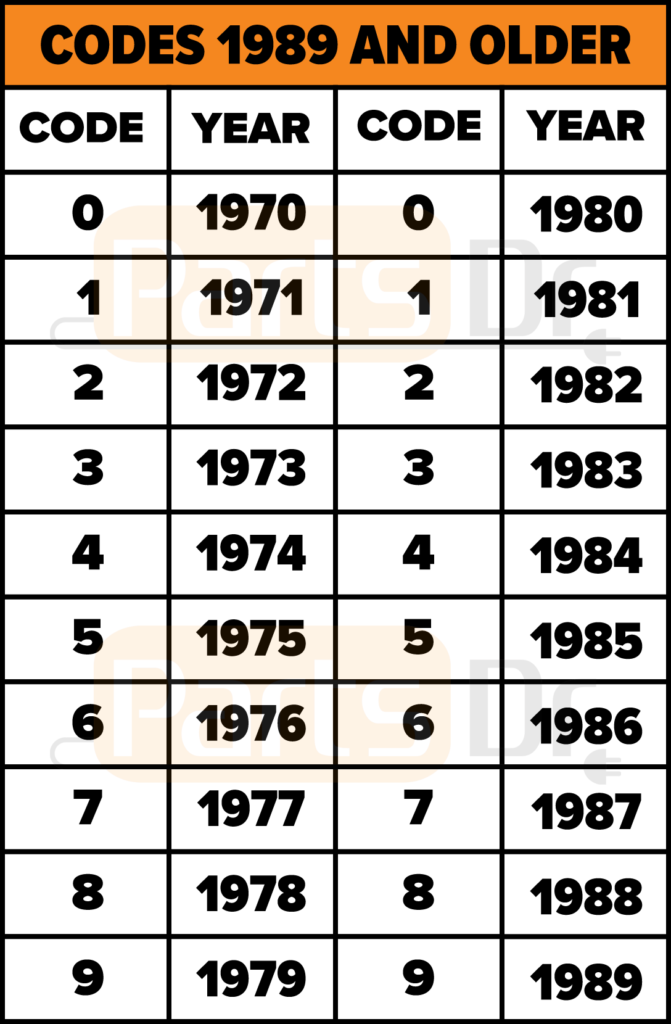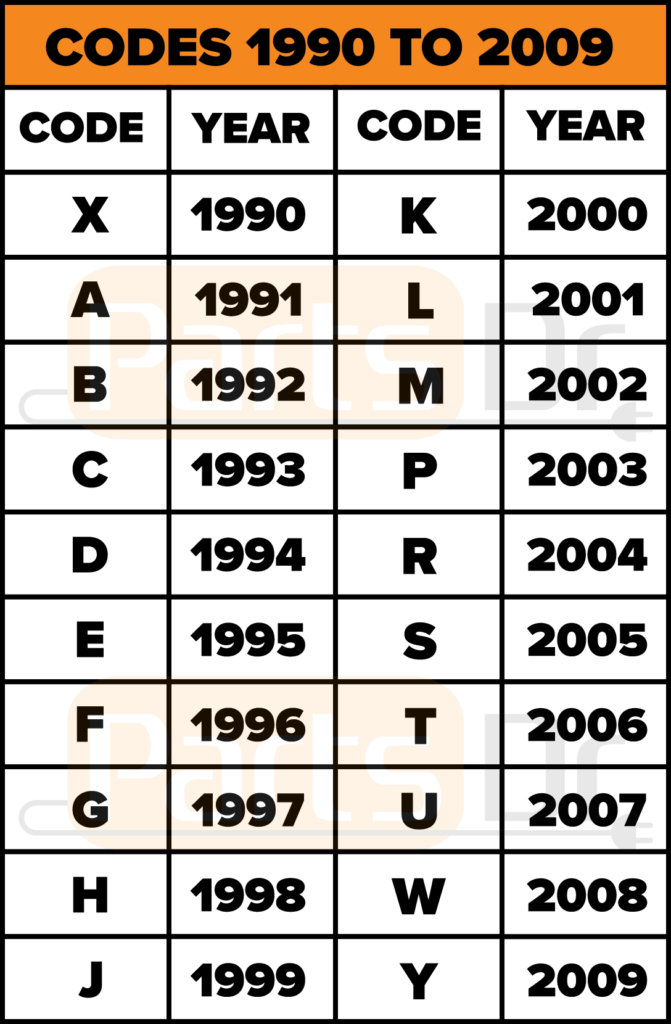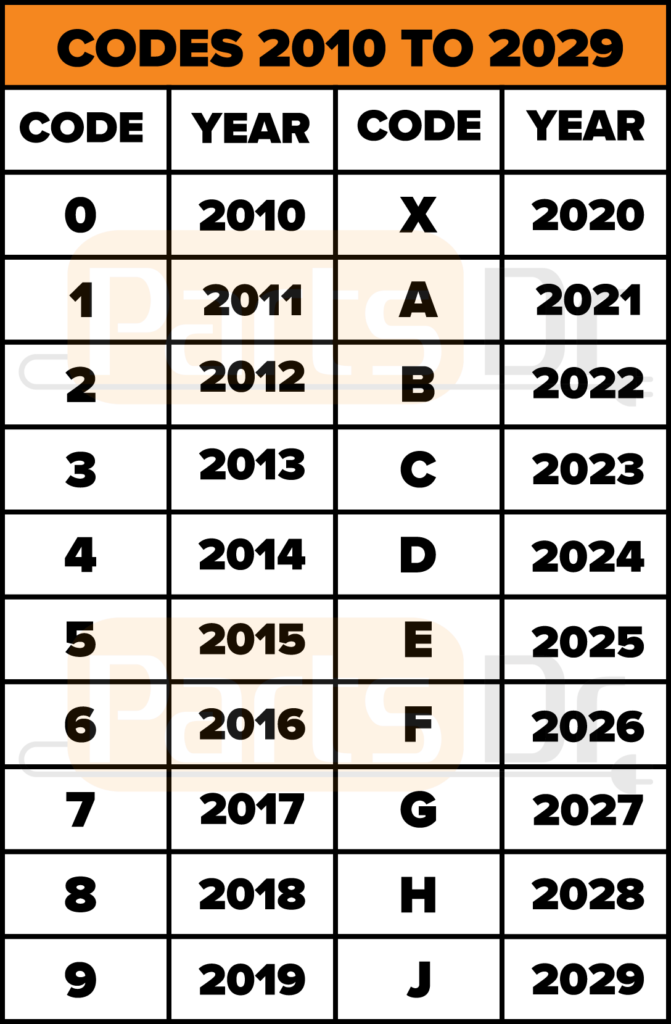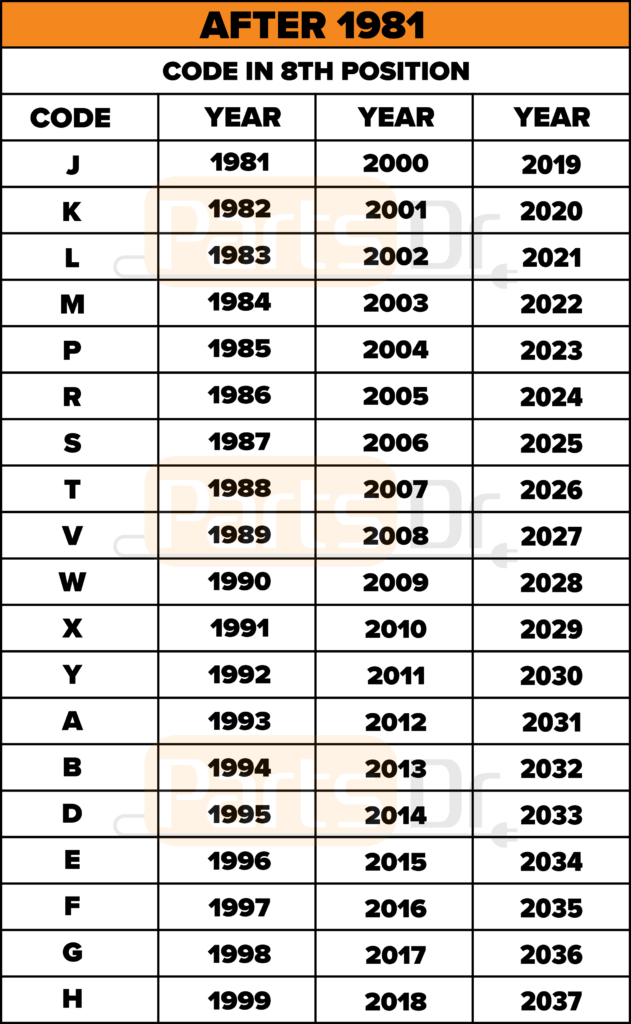Ohm’s Law Calculator: A Crucial Tool for Appliance Repair
Ohm’s Law Calculator
Using the Ohm’s Law Calculator
To use the Ohm’s Law Calculator, follow these simple steps:
- Enter known values into any two input fields (Voltage, Current, Resistance, or Power).
- Optionally, you can select different units from the dropdown menus for each input field.
- Click the “Calculate” button to compute the remaining values.
- The calculator will automatically calculate and display the missing values based on Ohm’s Law.
For example, if you know the Voltage (V) and Current (I) in a circuit, enter those values into their respective fields, then click “Calculate” to find the Resistance (R) and Power (P). Similarly, you can enter any other combination of two known values to find the remaining two values.
Understanding Ohm’s Law: A Crucial Tool for DIY Appliance Repair
When it comes to DIY appliance repair, having a solid understanding of the fundamentals of electricity is essential. Among these fundamentals, one principle stands out as particularly crucial: Ohm’s Law. Named after the German physicist Georg Simon Ohm, this law forms the backbone of electrical engineering and is indispensable for troubleshooting and repairing a wide range of household appliances, including ranges, ovens, dishwashers, refrigerators, microwaves, washers, and dryers.
What is Ohm’s Law?
At its core, Ohm’s Law describes the relationship between voltage (V), current (I), and resistance (R) in an electrical circuit. It is often summarized by the formula:
V = I × R
Where:
- V represents voltage, measured in volts (V).
- I represents current, measured in amperes (A).
- R represents resistance, measured in ohms (Ω).
In simpler terms, Ohm’s Law tells us that the voltage across a resistor in an electrical circuit is directly proportional to the current flowing through it, and inversely proportional to the resistance of the resistor.
Application in DIY Appliance Repair
Understanding Ohm’s Law can be incredibly beneficial when troubleshooting and repairing household appliances. Here’s how it applies to various scenarios:
- Heating Elements in Ranges and Ovens: Heating elements in electric ranges and ovens are essentially resistors that generate heat when current flows through them. By applying Ohm’s Law, you can measure the resistance of a heating element (with the power disconnected) and determine if it is faulty. A significant deviation from the expected resistance indicates a problem with the heating element.
- Motor Troubleshooting in Dishwashers, Washers, and Dryers: Motors in appliances like dishwashers, washers, and dryers rely on the relationship between voltage, current, and resistance. By measuring these parameters, you can diagnose motor issues such as worn-out brushes, damaged windings, or faulty connections.
- Compressor Diagnosis in Refrigerators: Refrigerators use compressors to maintain the desired temperature. Ohm’s Law can help diagnose compressor problems by assessing the resistance of the compressor windings. A deviation from the expected resistance values could indicate a compressor issue requiring repair or replacement.
- Microwave Magnetron Testing: The magnetron in a microwave oven is responsible for generating microwave radiation. Testing the magnetron’s resistance can help determine its health. Ohm’s Law assists in analyzing the relationship between voltage, current, and resistance to identify potential faults.
- Electrical Safety: Beyond troubleshooting, understanding Ohm’s Law is crucial for ensuring safety during appliance repair. By calculating the expected voltage, current, or resistance in a circuit, you can anticipate potential hazards and take appropriate precautions, such as wearing insulated gloves and disconnecting power sources.
Conclusion
In the realm of appliance repair, Ohm’s Law serves as a powerful tool for diagnosing problems and identifying faulty components. By mastering this fundamental principle, you equip yourself with the knowledge and skills needed to tackle a wide range of appliance issues confidently. Whether you’re dealing with a malfunctioning range, a washer that won’t run, or a refrigerator that won’t cool, Ohm’s Law provides a reliable framework for effective troubleshooting and repair.
Armed with the understanding of Ohm’s Law, both professionals and DIY enthusiasts can embark on appliance repair projects with greater confidence, efficiency, and safety.




